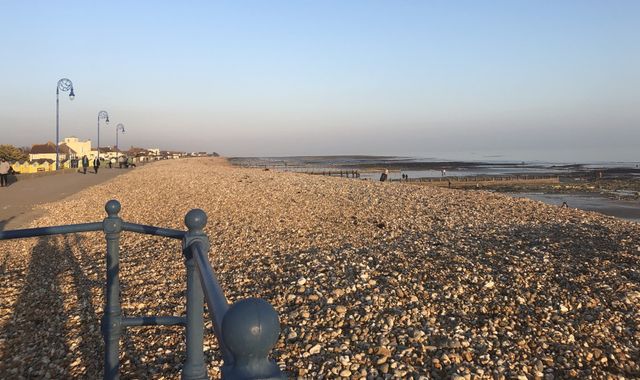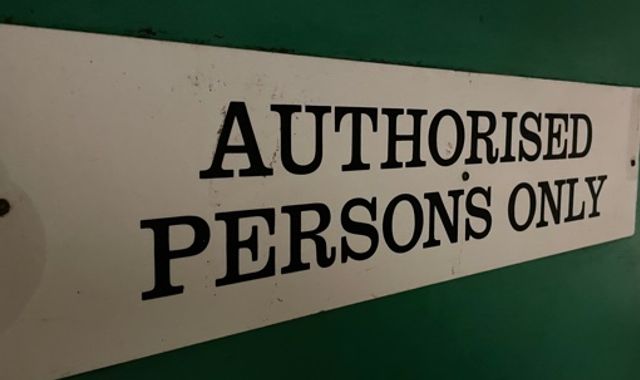Hay fever map reveals Britain’s worst pollen hot spots
Written by News on 20/05/2017
As we head towards June, hay fever sufferers across the UK will be bracing themselves for a summer of runny noses, red eyes and sneezing.

But sufferers will now be able to pinpoint the location of plants and trees in the UK that could trigger their allergy by consulting a hay fever map of Great Britain.
Produced at the University of Exeter in collaboration with the Met Office, the maps will help acute hay fever or asthma sufferers navigate the worst of the pollen.
The detailed research could even help sufferers decide where to buy a house, or where to avoid when going on holiday.
In 2001, 13% of the UK population were diagnosed with hay fever.
Tracking 12 different grasses, trees and plants the maps show the UK locations of pollen producers such as birch, alder, oak and nettle.
There is also a detailed plan of London to help doctors study the impact of air pollution on asthma – a condition that affects around one in ten British adults.
Around eight out of 10 UK asthma suffers also have a pollen allergy.
New research from the University of Exeter has shown that exposure to air pollution can exacerbate the severity of allergy-related asthma attacks.
As research continues, the hope is that one day people will be able to pinpoint the exact type of pollen they are allergic to and manage their condition by avoiding locations that produce their trigger allergen.
With grass pollen affecting most hay fever sufferers, those living in the eastern central area of the UK will be pleased to see that they are based in the most grass pollen free area of Britain.
(c) Sky News 2017: Hay fever map reveals Britain’s worst pollen hot spots





